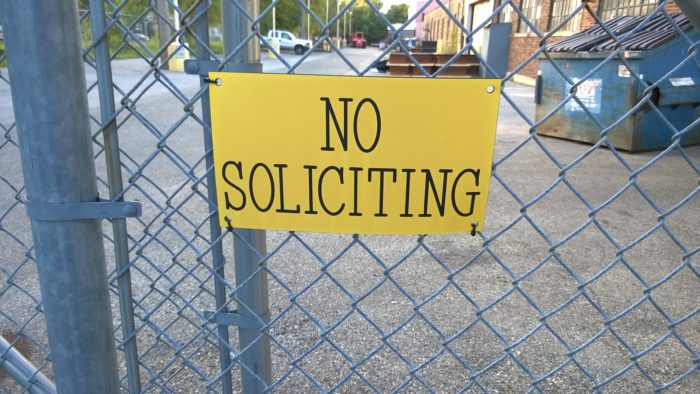There’s one pain point every single one of your would-be customers is painfully aware of:
The pervasive complexity of life in the 21st century.
Whether they use these words or not, every one of them craves more simplicity in some area of his or her life. (Or more likely, almost every part.)
Your mission, should you choose to accept it, is to be a simplifier in your area of awesomeness.
Do that — and communicate it well — and your power to influence will stun you.
Keep in mind, there’s an important difference between simple and easy.
For example, “97 Easy Ways to Save Money” is NOT simple.
There may be a ton of value there. Someone who has tried everything may still find a new idea worth trying among the 97.
But people don’t want 97 ways to save money, really.
They want 3 ways to save money. Or, better still, the single most effective way to save money… the one trick that will save so much money they don’t have to do anything else.
That’s a bit of an exaggeration, but you get the point.
With that in mind, here are 3 things you can do to increase your simplifier status:
1) Eliminate the clutter. Your reader has an overwhelming array of options and choices to make in every segment of his. As the expert, you have the ability to tell him which options will give him the best results, and which he can flat-out ignore.
Thinking is hard work; most people avoid it at all costs. If you can earn someone’s trust, he’ll gladly allow you to do some of his thinking for him.
2) Make fewer recommendations & communicate them with conviction. Again, don’t give people new instructions and new systems every week. 97 ways to do anything is intimidating. Spend most of your time talking about a few powerful ideas. Come back to them continually.
It’s much easier to trust someone when he seems 100% certain about what he’s recommending. So speak with conviction!
Here’s the one we really want you to grasp. This is single most important thing you can do establish yourself as a simplifier for your audience.

3) Establish a core “operating system” or personal philosophy.
Your followers should quickly be able to figure out what you stand for, what you KNOW works.
That means YOU need to know what you stand for. What’s the one phrase you’d like to be known for? Decide on that, then pick a small number of big ideas to revolve around your philosophical core.
Your intense focus will make you unique. More to the point…
- you’ll be simpler to understand
- your recommendations will be simpler to follow
- your “brand” will be simpler to categorize, so you’ll fit into the mind of your readers/listeners/viewers more distinctly
- your expertise won’t be diluted. Your reader’s mind automatically divides your perceived authority by the number of things you claim to be an authority on. You’ve never heard of a neurosurgeon who’s also an expert heart surgeon.
So the message is simple:
Strive to make your would-be customer’s life simpler (not just easier).
You can do it.
Here’s a helpful analogy:






